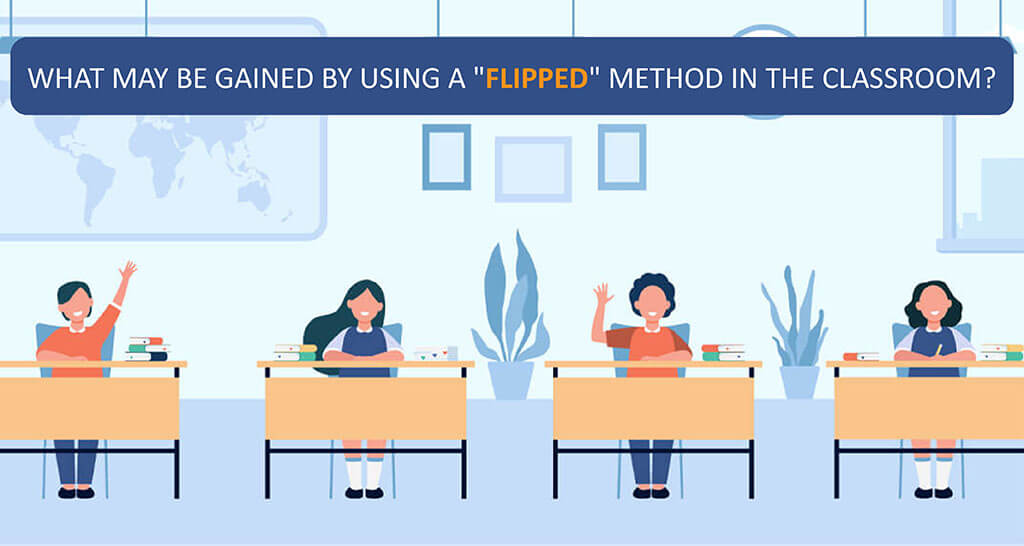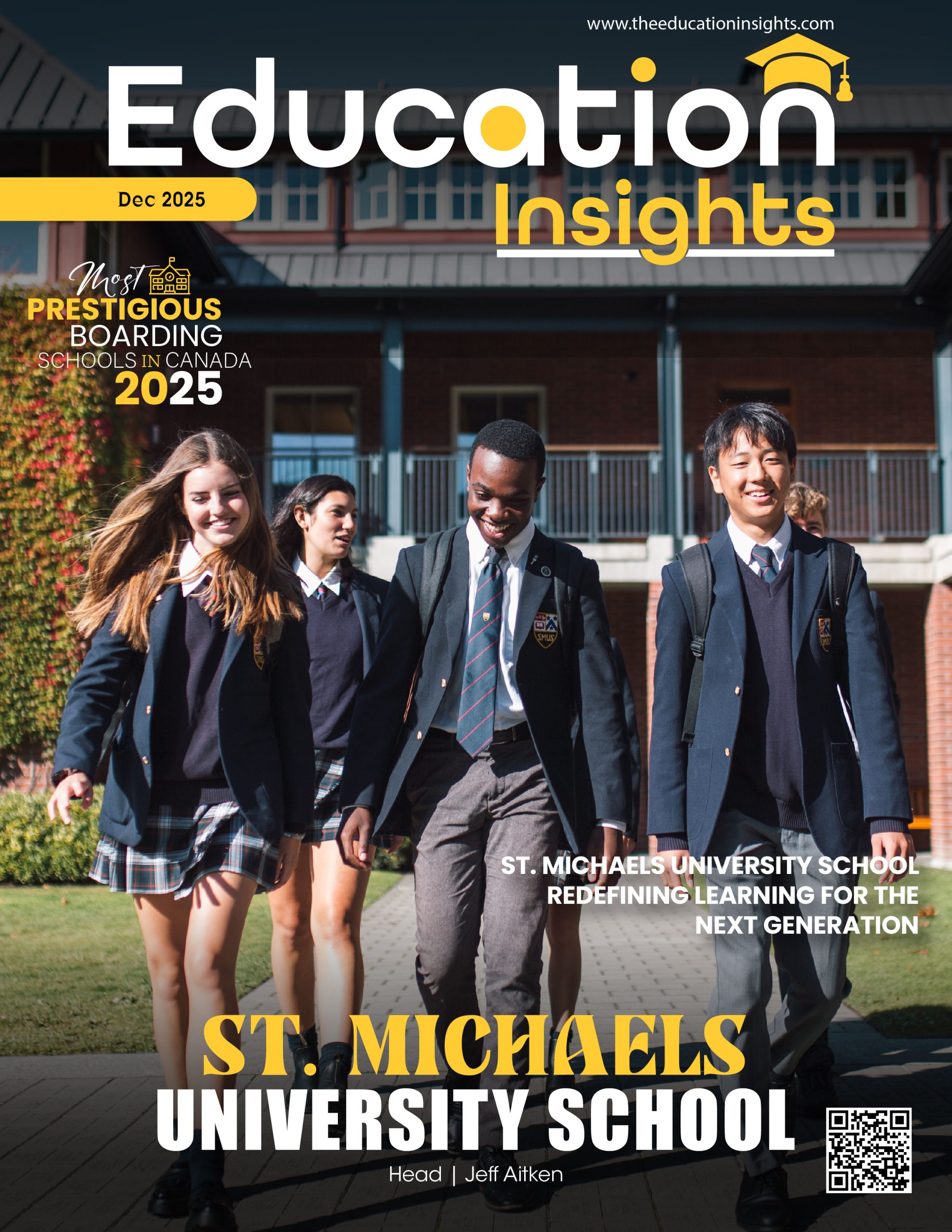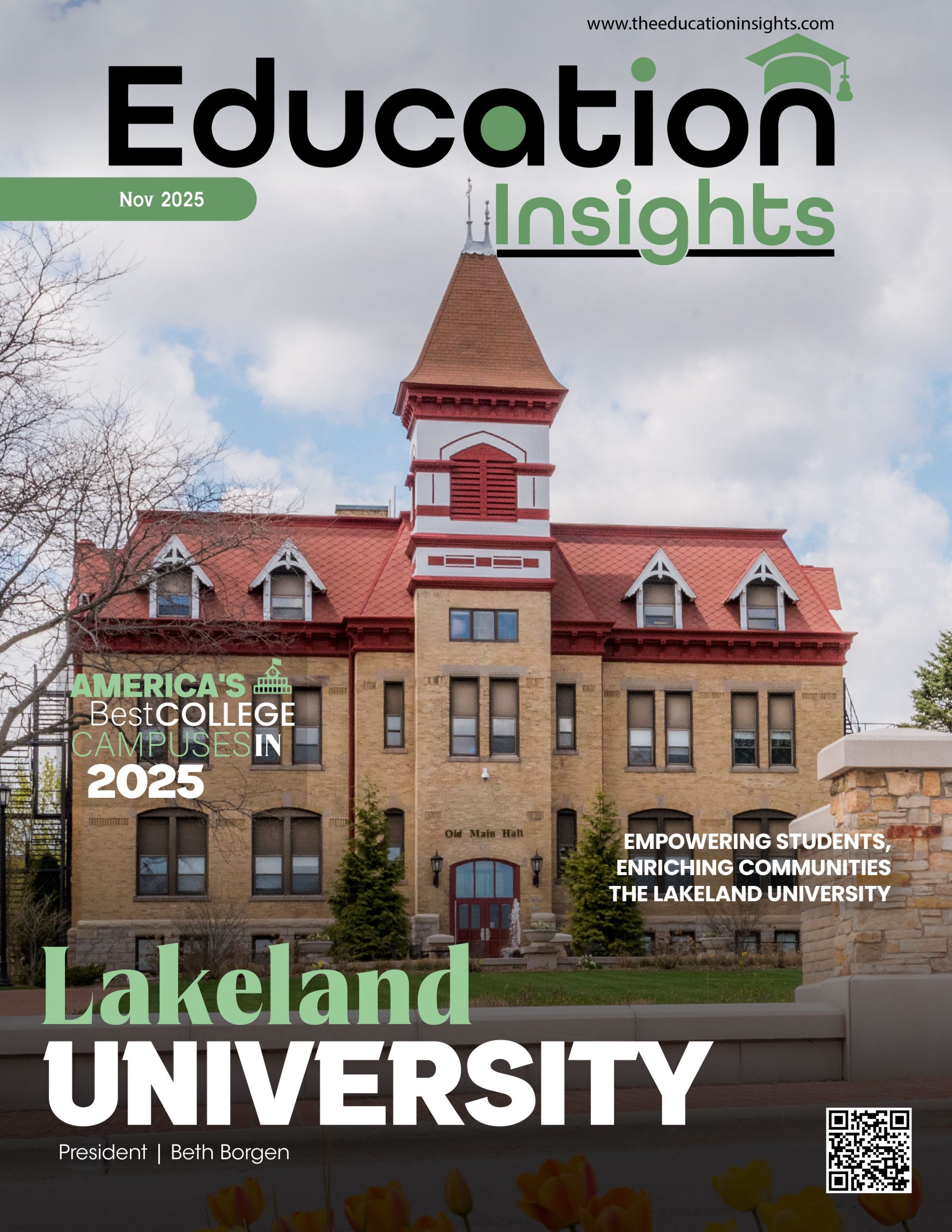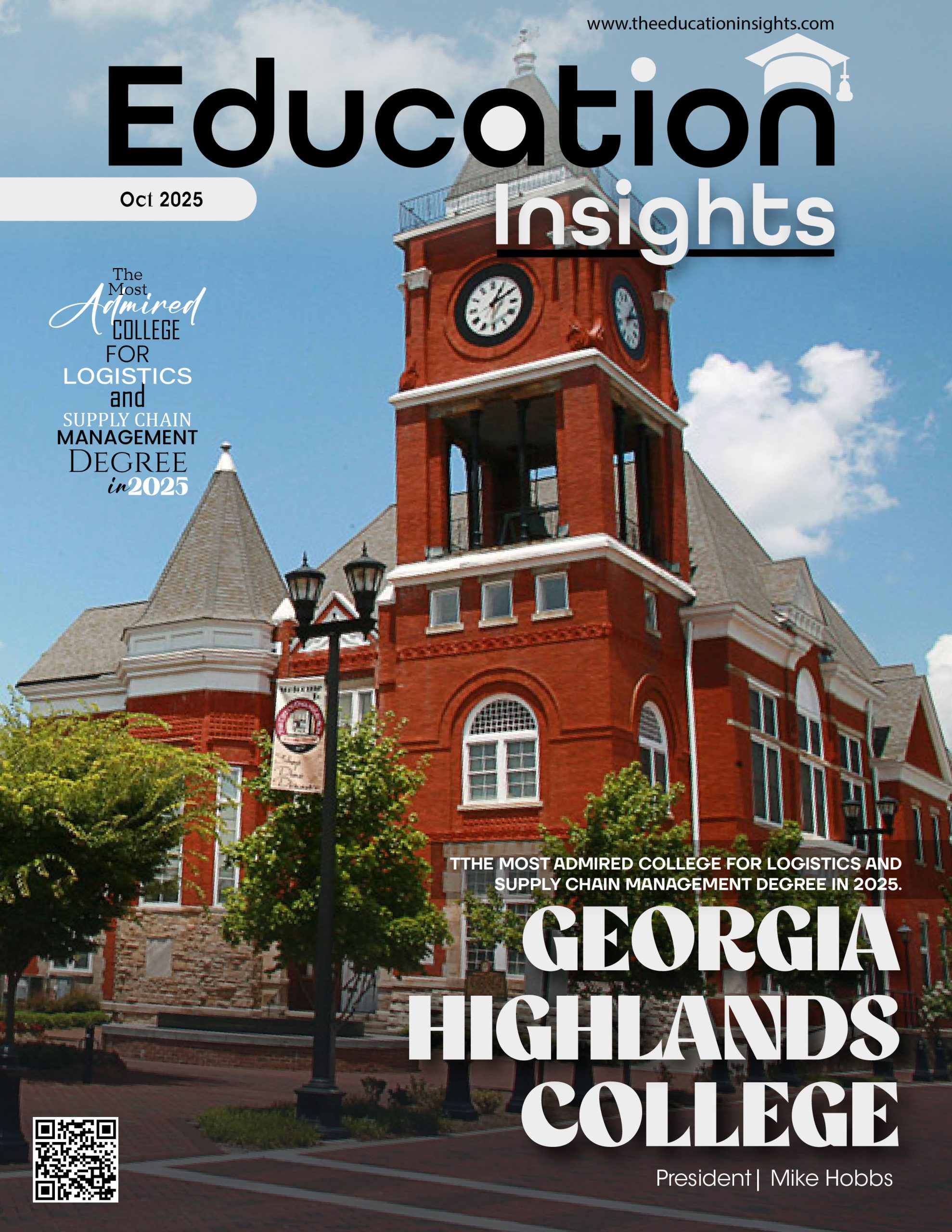When discussing the benefits of a flipped classroom approach, it is essential to note that both instructors and students may feel these benefits. In this part, we will examine eight of the essential advantages of this teaching paradigm, including four for instructors and four for students.
Less time is dedicated to introducing new topics to teachers.
According to a study released by Montana State University, typical teaching techniques devote a significant amount of time to information transmission, leaving little time for deeper examination and application of knowledge. Students in the flipped classroom learn introductory knowledge before class via self-study, enabling lecturers who are experts in their disciplines to spend less time delivering the essentials and more time researching topics in greater detail.
Students get the ability to learn on their own
Independent learning is unquestionably a crucial ability for any learner to cultivate, particularly among junior high and high school students. Students receive the first material autonomously, at home, using video content in the flipped classroom style. This helps students to get used to the practice of self-study and to learn at their speed. However, instructors must be aware that not all students respond similarly to the notion of self-study, and active efforts must be made to encourage those who struggle.
Teachers Can Design More Interesting Lessons
Several studies have shown that having fun in the classroom may aid information retention and recall. The flipped classroom style allows students to arrive at each session with the necessary material, allowing for more time to add a feeling of fun and enthusiasm to courses. Flipped classrooms, in particular, allow more time allocated to interactive learning, inquiries, experimentation, and practical application.
Students who miss class do not fall behind.
School absenteeism is widespread, but its impact is generally neglected. More than eight million kids in the United States miss over a month of school throughout the year, significantly influencing learning outcomes. While the flipped classroom cannot wholly eliminate absenteeism, it may assist in lessening learning gaps by making introductory content accessible online for students to catch up on at their leisure.
Teachers Can Reuse Their Content
Teachers using the flipped classroom technique may choose to share material using third-party sources. On the other hand, many professors make their movies, making the first learning experience more individualized. This allows instructors to optimize and reuse material, spending less time on essential knowledge lesson preparation and more time on specialized courses for deeper investigation.
Students Can Build a Deeper Understanding
Another significant advantage for students studying in a flipped classroom is the chance to comprehend the subject matter via active learning better. This differs from other passive learning experiences, such as lectures, in that students actively participate in developing the information they absorb. They get a deeper understanding along the way, with instructors guiding them and assisting them in expanding their knowledge.
Teachers Can Offer a More Customized Approach
According to an eLearning Industry article, the flipped classroom concept allows instructors to pick how much time they spend on each student depending on their specific requirements. This is achievable because classroom time is utilized to build students’ comprehension of the issue, making it more straightforward to distinguish those who have entirely comprehended the content, those who may want extra assistance, and those who need to review the fundamentals.
Classroom Time Is More Interesting to Students
Finally, one of the most significant advantages of a flipped-classroom approach is that it may help students find their time in the classroom more fascinating. In turn, this may help with student engagement by helping students to get more emotionally immersed in a topic while also improving total class attendance. This occurs because more time in the classroom is spent on meaningful conversations rather than just listening to facts.
Conclusion
The flipped classroom concept is gaining hold in schools, colleges, universities, and other academic settings; students learn from home and then come to class to apply what they’ve learned. Notably, the advantages of a flipped classroom approach apply not just to students but also instructors.
This strategy may help students develop autonomous learning abilities, better understand subjects, and catch up more readily while absent. Meanwhile, the technique enables professors to make greater use of their experience and talents by spending less time teaching and more time assisting students in developing their understanding.










